How to conduct a location recce for film productions
When it comes to film productions, locations are more than just backdrops; they're characters in their own right. Locations set the scene for your narrative and provide an atmosphere which everything else builds upon. So when it comes to scouting out locations for your film project, it's important that you get it right. Of course, it's not as easy as plucking out the perfect spot and turning up to shoot - you need to see what you're working with and assess how it aligns with the production's creative and logistical considerations. That's where a location recce comes in!
A location recce helps you create a visual roadmap for your film project by examining the physical aspects, logistical considerations, and potential challenges of each location.
Contents:
- What is a location recce?
- Finding locations
- Assembling your recce team
- Prepare for your location recce
- Location recce checklist
- After your location recce
1. What is a location recce?
The word recce comes from the military term 'reconnaissance', wherein military personnel survey an area of land to obtain information about the enemy and ascertain strategic features. A little less dangerously, a recce in filmmaking is all about scouting and evaluating potential filming locations to determine their suitability for a film production.
Once the location manager has found a location which they think will be suitable, they'll typically take various crew members such as the director, the director of photography and the production designer along with them to scope the out the site.
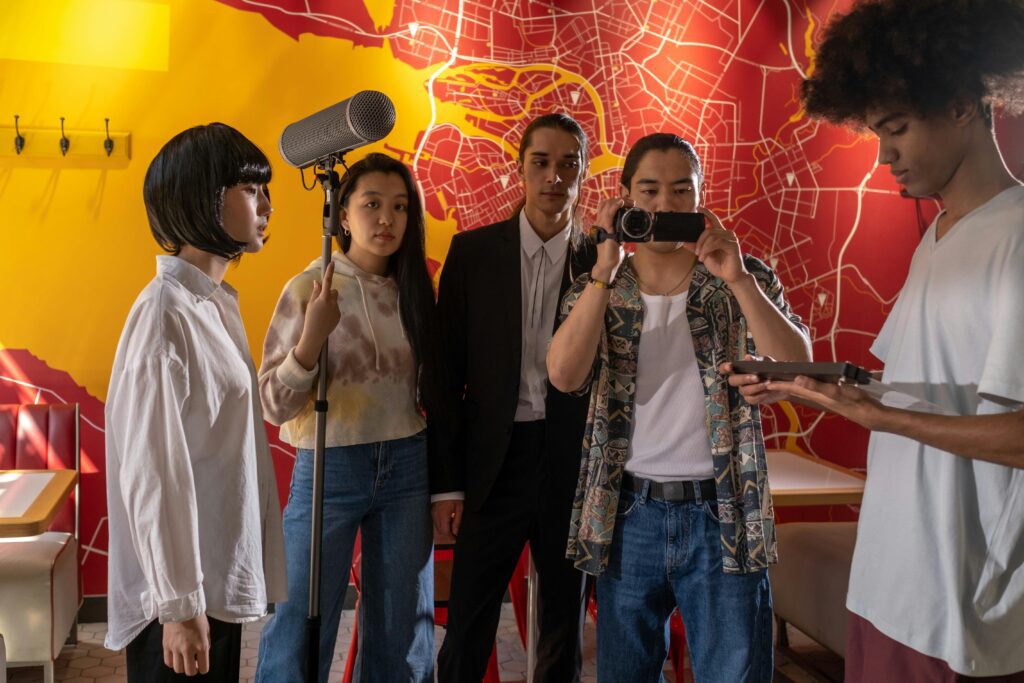
This visit will involve assessing things such as visual aesthetics, logistical considerations, health and safety, and the space's overall alignment with the creative vision. The information gathered during a recce will help the crew to make informed decisions on where to shoot specific scenes, whilst providing tangible insight on how the production will look on camera.
2. Finding locations
To avoid wasting time visiting a tonne of locations that end up being unsuitable, it's important that you some invest time in narrowing down your shortlist.
Establish what you need from the location and use a location scouting platform to help you find potential matches. Consider any accessibility or technical requirements that you have and check with venue hosts whether there are any restrictions or regulations (such as parking and accessibility) that may impact your ability to carry out your shoot.
3. Assembling your recce team
A location recce is a collaborative effort, so assemble a team that complements your project. This will typically involve several members of a film production's team, who will ensure that all aspects of the potential location(s) are considered. The specific individuals may vary based on the production's scale and requirements, but the following roles are commonly involved:
Location manager
The location manager will coordinate and lead the recce, negotiating things such as cost and filming permissions with the venue hosts.
Director
The director will help evaluate whether the location aligns with the visual and narrative goals of the project.
Producer
The producer will ensure that the chosen location meets the production's financial and logistical constraints.
Director of photography
The director of photography will evaluate the location from a technical perspective, considering factors such as lighting conditions, camera angles, and overall suitability for capturing the desired visual style.
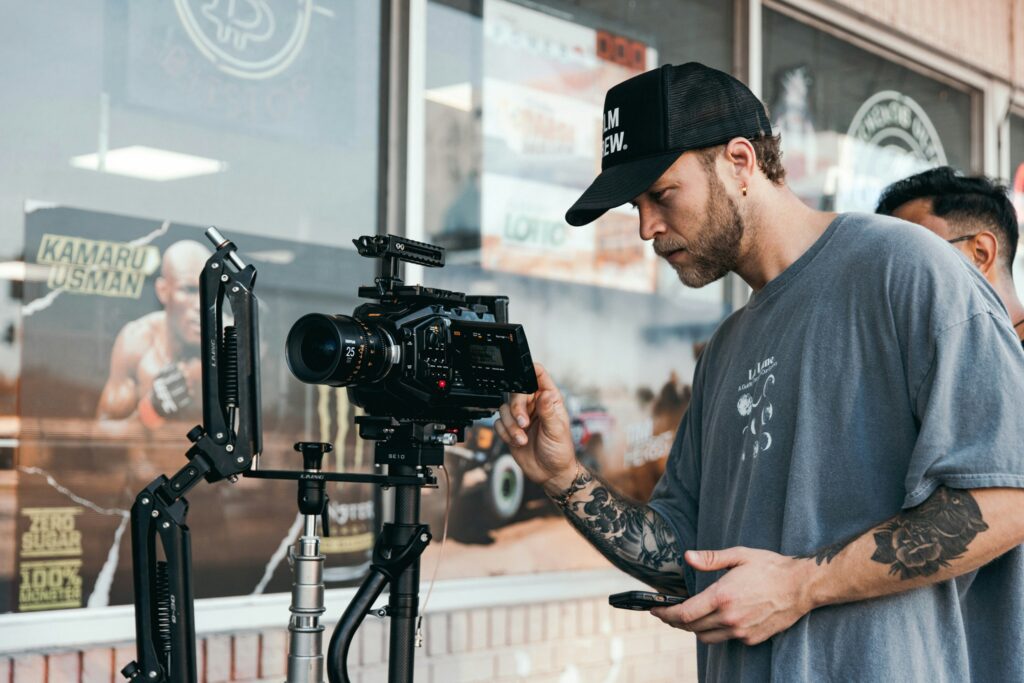
Production designer
The production designer will evaluate the visual elements of a location, considering how it fits into the overall aesthetic of the film. They may also assess the need for set construction or modification.
Script supervisor
The script supervisor helps ensure that the selected locations match the script's requirements. They may note any discrepancies or issues during the recce.
Assistant director
The assistant director will help to coordinate the logistics of the shoot, including assessing how easily the crew can access the location and whether it fits within the production schedule.
Risk management professional
For larger productions or those that involve dangerous stunts or set hazards, you may want to bring along a qualified Health & Safety specialist or risk management professional to support your completion of a risk assessment for the site.
Location scout
Sometimes, a dedicated location scout may be part of the film production's in-house team, and they will come along to the recce to assist the location manager and absorb feedback for future scouting.
Need a place to store your shoot locations?
SuperScout is your own private location library – upload locations in minutes, tag them with ai in seconds, then search and share with your team

4. Prepare for your location recce
Once you've found your location and assembled your team, it's time to schedule a date for the recce to take place. Make sure that you plan enough time for a thorough assessment of the location, and communicate this with the venue host. Typically, a half-day should be enough, but if you have a small crew or have a lot of locations to visit, you may want to squeeze a few location recces into one day.
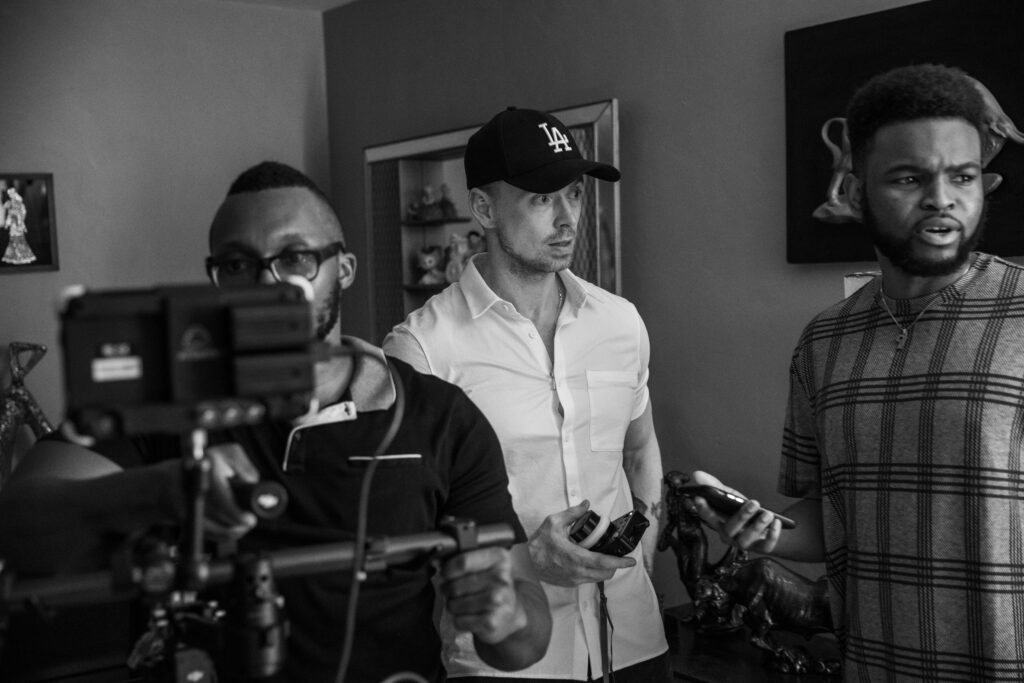
Each member of the team will have their own area of focus (such as safety, lighting, creative vision, or budget), but everyone needs an awareness of the film's script so that they know what scenes will be taking place where, and what aspects they involve. Lay out some individual and collective objectives that will help keep the location recce on track, but maintain an open mind and allow for flexibility in your decision-making process.
The more you prepare for your location recce, the more efficient you'll be. Each member should know what they're looking for and be ready to document their findings. It's important that you take plenty of photos and videos of each location from various angles, to reflect on and share with the rest of the production team.
5. Location recce checklist
Once you're at your location, it's time to start surveying the different aspects of the site, and assessing how well they'll accommodate your film production. Below are a few of the most important things to take into account.
Facilities and logistics
Logistical considerations involve thinking about accessibility for production vehicles, the proximity of base camp, and how you will transport both crew and equipment. Consider your need for facilities and amenities such as power sources, parking areas, restrooms and catering facilities.
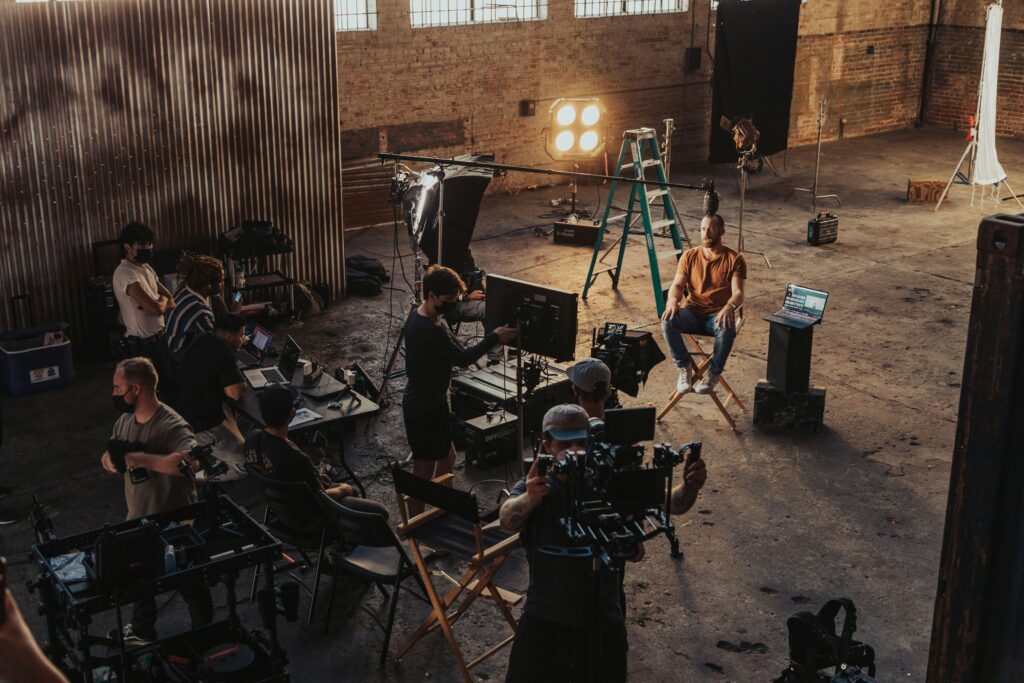
Try to cross reference what you need from the space versus what it offers - is there enough room for the scenes you want to shoot? Are you able to manoeuvre the camera from the right angles?
Permits and permissions
It's crucial to gather information about filming permissions and permits to ensure legal compliance and avoid any disputes when it comes to filming. Document any potential restrictions, such as those on noise levels or shooting hours.
In London , each of the 33 boroughs has its own Borough Film Service (BFS), who can help you with any enquiries you may have about local filming permissions. The Met Police also have their own filming department, who you can notify about your production and request police assistance to aid crew safety and public reassurance.
You should begin consulting with the necessary film officers and local councils as soon as possible, as many require you to gain permission well in advance of filming.
Safety and accessibility
Assess any accessibility constraints for equipment and people, considering any support needs or restrictions that your crew and production may have.
It's also important that you conduct a risk assessment to ensure that the location is safe for the cast and crew. This will allow you to carefully assess and control potential hazards on set, and safeguard the wellbeing of your team.
Whether or not they attend the actual recce, you should consult a qualified Health & Safety specialist or risk management professional to ensure that your film risk assessment is in line with guidelines.
Lighting and acoustics
Identify the primary sources of natural light, such as windows, skylights, or open spaces. Consider how these sources contribute to the overall ambiance and whether they align with the scene requirements. Think about what direction the lighting is coming from, and whether there are any shadows cast from immovable structures.
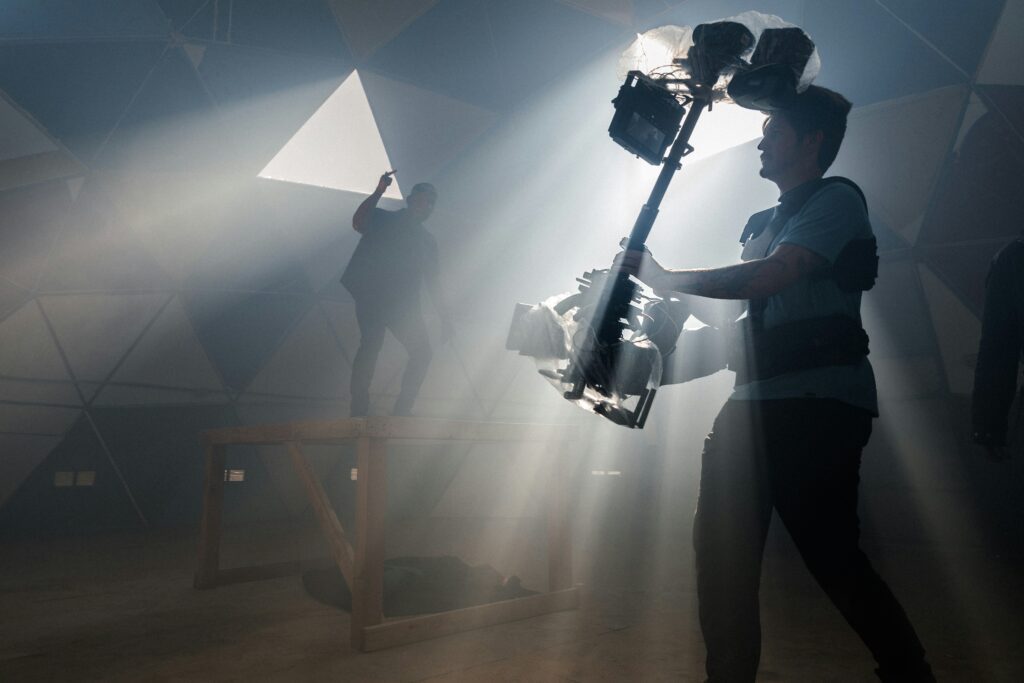
Consider whether the location's natural soundscape complements your project or if it would require extensive soundproofing and post-production work. Listen carefully and try to take in any background noise such as from traffic or neighbouring buildings. Is this likely to cause disruption to your scenes?
It's also a good idea to check and count the available power sockets at the site so you know whether you'll be able to use all of your sound and lighting equipment. Larger productions may require a portable power generator to provide enough energy for everything on set, along with a qualified electrician (usually the gaffer) to ensure everything is in line with safety regulations.
6. After your location recce
Once you've completed all of your location recces for your film production, you'll need to organise a meeting with the wider production team, where you can review the information that you have documented. From here, the team can then make decisions on which locations to book for the shoot, based on the various creative and logistical considerations that you have unveiled.

Once the locations are selected, the location manager will finalise any contracts or agreements with the venue hosts and obtain necessary permits. It's important to be proactive in this regard to avoid any last-minute obstacles during production.
Compile all relevant information, including photos, videos, permits, and agreements, into a location report or private location library for easy reference during production.
Wrapping up
By thoroughly evaluating potential locations for your shoot, understanding their impact on your storytelling, and documenting your findings, you lay the groundwork for a successful film production. So grab your equipment, assemble your team, and embark on a location recce adventure that will bring your film to life!
Need a place to store your shoot locations?
SuperScout is your own private location library – upload locations in minutes, tag them with ai in seconds, then search and share with your team
